As 2018 winds down I have been reflecting on the year (and going through my pictures). I can say that visiting classrooms and connecting with so many diverse educators in many different contexts and schools has been one of the most impactful learning experiences over the course of my career.
I advocate often to get out of your classroom and/or school and see another style or approach. I feel very fortunate to get to visit classrooms across the country and I learn so much from seeing what is happening in diverse classrooms. I have been in at least 100 schools this year that include public, charter, independent, rural, suburban, high poverty, affluent, small, giant and everything in between.
Over the course of the year, I have shared many of my reflections and ideas but these 10 themes sum up what I learned this year in schools and give me hope for the future of education as I see more learner-centered experiences and learning environments. #LCInnovation
1. Student voice is a powerful lever for change
Earlier this year, I got to be part of a design challenge with 3rd graders who read a book and empathized with a character to design a solution that would help other students who feel invisible at school and in their families. Facilitated by the amazing Kaleb Rashad at High Tech High, these students read, wrote, collaborated and designed a solution to a problem that plagues many people (big and small) as we are increasingly connected, people often feel isolated. These 3rd graders had some amazing ideas for how to solve this challenge in our communities. When we value kids and see them as capable and honor their ideas and expertise in the learning process, we often can learn more than we teach. I am encouraged by seeing way more student voice and choice in schools every day!
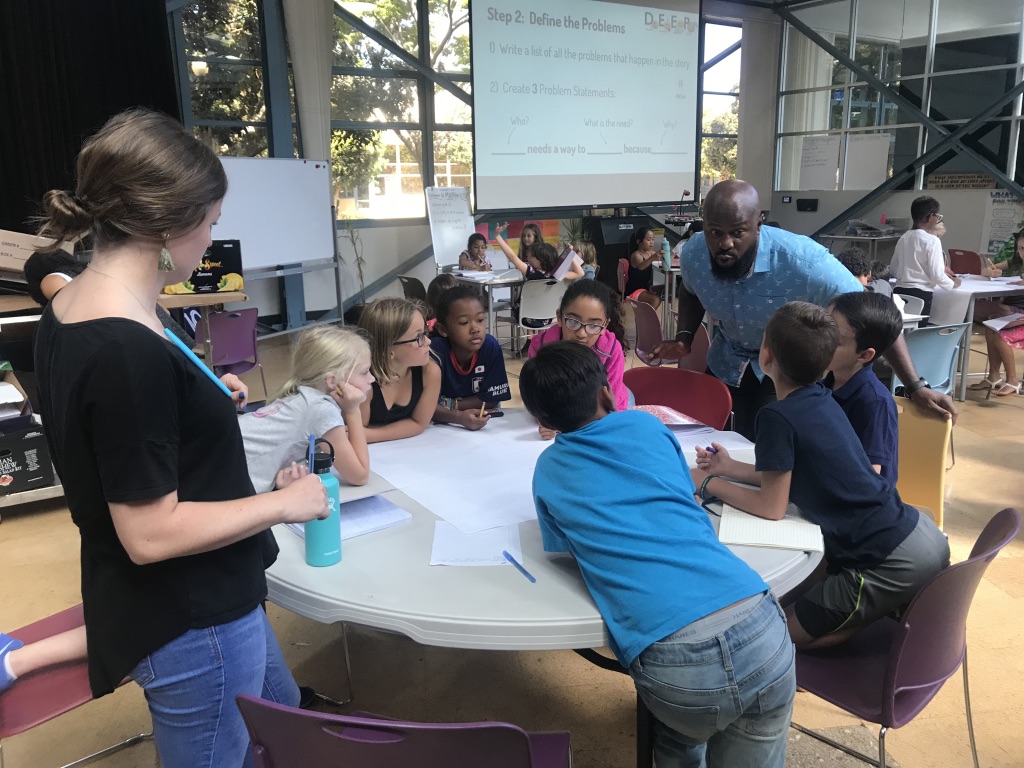

2. Little people are capable of solving big problems.
Connected to the first point, students of all ages can have a tremendous influence on their community (and the world). I saw so many great examples of students making an impact like the 5th graders in @msnunenkamp ‘s class who learned about the past to understand how to protect valuable living resources now and in the future. Instead of completing a packet and filling in worksheets, they did research to better understand the impact that humans are having on the environment and created a Public Service Announcement (check it out here) to help others understand and so something to improve the environment. They made a commitment to ban plastic water bottles in their classroom and are influencing school-wide procedures and creating awareness in their community.


Or These 4th graders at the Desert learning Academy in Palm Springs have been researching the impact of straws on the environment. They have shifted the mindset at school and are more environmentally friendly and are even influencing city council to ban straws. Check out the news story here.
3. When we collaborate and share what we are learning, everyone gets better.
I see more and more teachers opening up their classrooms and learning together. I love seeing the #observeme signs, educators connecting and sharing on social media and other ways that teachers connect and learn publicly. When we collaborate and work together, we all learn in the process and students benefit.
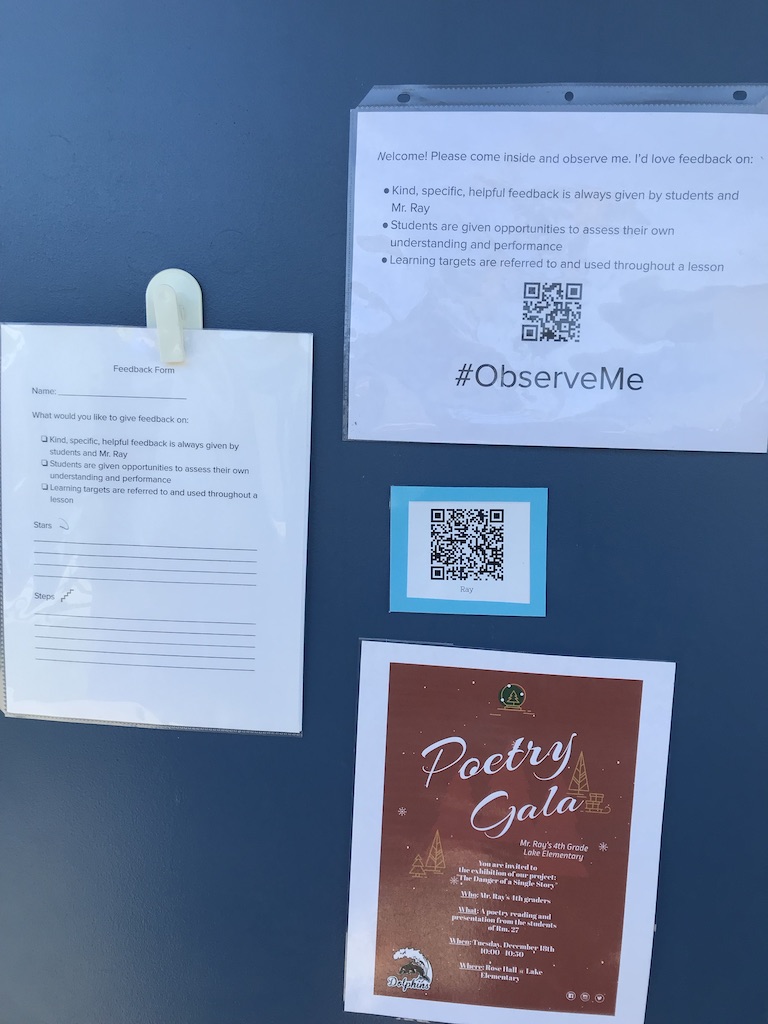
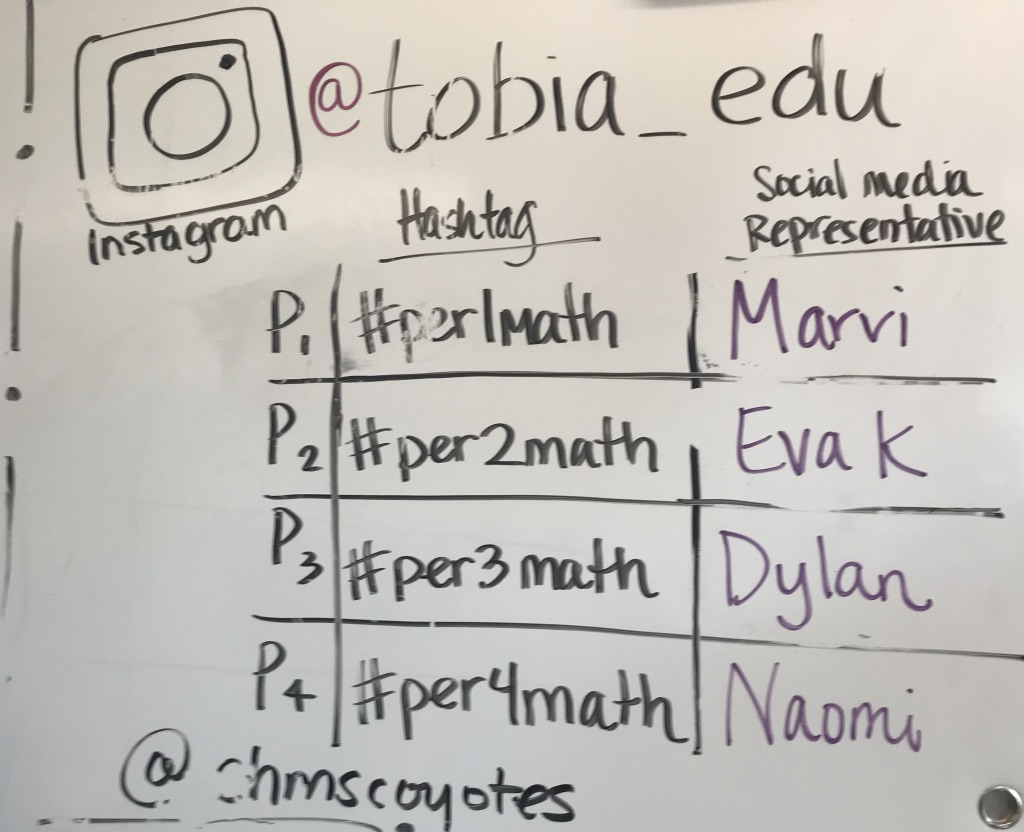
4. How we design our learning communities impacts learners and their learning.
Space matters but I am most definitely not referring to just space. The learning communities that I have seen that make a huge impact on the learning are ones that value each learner. They create spaces for their voices to be heard, they value and cultivate skills that help individuals and communities learn and work together.
One of the best examples I have seen of a learning environment that honors the different types of learners and learning experiences is in the Kettle Moraine School District. The schools are designed to ensure that learners (educators and students) have options and choices in a variety of paths and to get what they need.


5. Relationships are the foundation for powerful learning.
What often stands out to me is the relationships between the adults and the students. This year I was encouraged to see so many interactions that highlighted genuine care for one another. At Calavera Hills Middle School and Design 39 to mention a few recently, as I walked through the halls and in and out of classrooms I noticed happy people–educators and students. Educators were treated with respect and were looked to for answers and ideas about what is possible in their classrooms. Students were valued and celebrated and were joking with one another and their teachers. I love seeing administrators rave about their awesome teachers and students and the learning community celebrate each other.
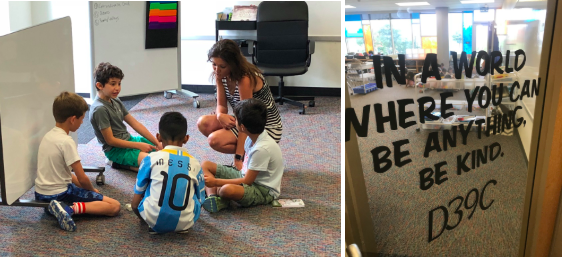
6. We are expanding the definition of success to include the whole child and include social and emotional learning in addition to academic success metrics.
I am encouraged by widening the definition of success that defines attributes that go beyond student test scores to measure success. I see character habits and traits explicitly taught and celebrated across schools. I am also encouraged by the growing number of learner profiles that define what we want students to know, do and be to ensure schools and resources are aligned. I am partial to this one from @altschool.

Del Mar Union School District’s vision, mission, and values is a great example of how they strive to create the best opportunities for their students and align the district to move forward.

7. When learners are involved in the process, they are more invested in what they are learning. #shareyourlearing
When students have an authentic purpose and audience beyond their teacher to share what they are learning, they are more motivated to learn and often go above and beyond. I am excited to see more schools moving toward structures that empower learners to share like portfolios and student-led conferences at schools like High Tech High. Students have to share their learning process and defend it to adults and their peers, which makes learning real and empowers learners to take ownership in the process and for their next steps.
Opportunities for learners to share their work beyond the teacher in student-led exhibitions can be powerful to ensure students have an authentic audience and are doing work that has value. This one is especially important to me as both of my kids had the opportunity to share their work and I saw the importance of this on their confidence and motivation, not to mention the quality of their work!



Students documenting and capturing evidence of their learning journey is also one of the most exciting things that I have seen and I love how even kindergartners are able to do this in Arcadia Unified!
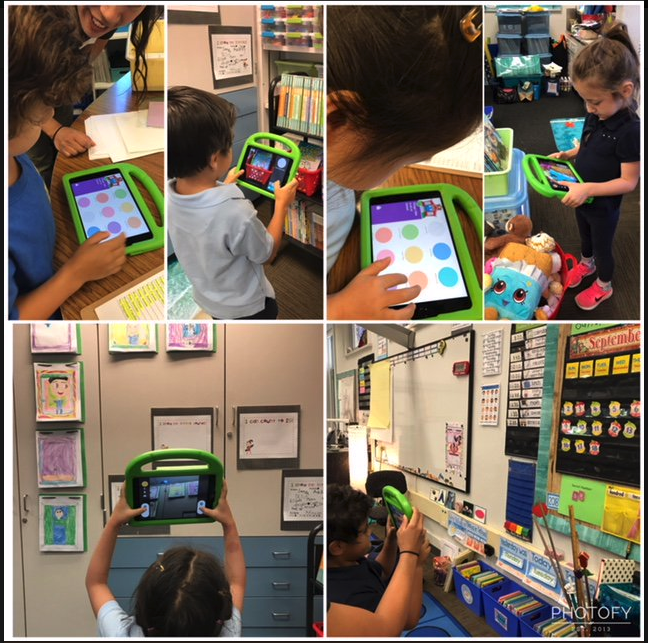
8. When learners have agency, they can help chart the course and drive their own learning.
We know from decades of research on motivation that autonomy and purpose are critical in learning. If we want a learner to be motivated we need to provide opportunities that allow students to engage in authentic tasks, foster autonomy, invite the pursuit of mastery and intrigue them with a sense of purpose. Although I would not say this is the norm, yet, I have seen great examples in Lindsay Unified and at our lab schools at AtSchool and throughout Arcadia Unified where students are setting goals in collaboration with teachers and peers, charting their course of action, and working along the path to mastery. I think this will continually be an area of more growth for both students and educators.

9. Regardless of the constraints or resources that exist, it’s the people that make the difference.
I have seen some of the most amazing buildings and insane amounts of money spent on resources with some of the most traditional learning experiences. While some of the most powerful learning experiences and empowered students I have seen have been in very modest classrooms with limited resources. One example is a middle school in Hawaii. SEEQS was started and is run by Buffy Cushman and is co-located on a large high school campus and students are in tents and sharing classrooms because they are a charter school without space. Creating learner-centered environments is about learning first and they aren’t letting fancy buildings and expensive tools or resources keep them from rich, powerful learning experiences.



10. Learner variance is the norm. We all win when we embrace it.
I continue to see more educators and systems designed to empower learners to understand their unique strengths, ask more questions, and pursue their goals to chart their personal paths. I see more celebrations of individuals like at Odyssey STEM Academy where students chart their strengths and goals.
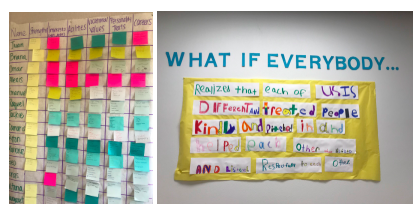
I also loved this student-run government at Island Pacific Academy on Oahu with committees that mattered to students and were designed based on their ideas and talents.

In recognition of the diversity of learners, I see more targeted, small group instruction rather than teaching to the middle (or no one). We are recognizing that learning is personal and moving towards learner-centered approaches that honor the uniqueness of learners and we are creating more opportunities and structures where learners are empowered to move from their point A to their point B.
Moving Forward
These trends are encouraging and I am optimistic as I continue to see positive shifts that point toward progress in our education system that is creating new and better opportunities for learners across the country.
I would be remiss if I didn’t acknowledge that I know is that there is a wide range of access and opportunities that our kids are getting across the country. As I see so many great things happening I also feel a tremendous sense of urgency to make these experiences (and more) the norm throughout education for all children.
Although at times it can feel daunting to think about the enormous challenges of shifting entire systems whether it be in the classroom, a school, a district or the whole nation, I know it is possible and it is so important to look at the progress we continue to make. Keep sharing, connecting, and pushing each other and the system to improve and meet the needs of the learners in our classrooms today and tomorrow.
Thank you to the educators who have shared their journey and that have welcomed me into their classrooms this year. There are so many I didn’t get to highlight here but you have all contributed to my learning and growth. Here’s to a great 2019!
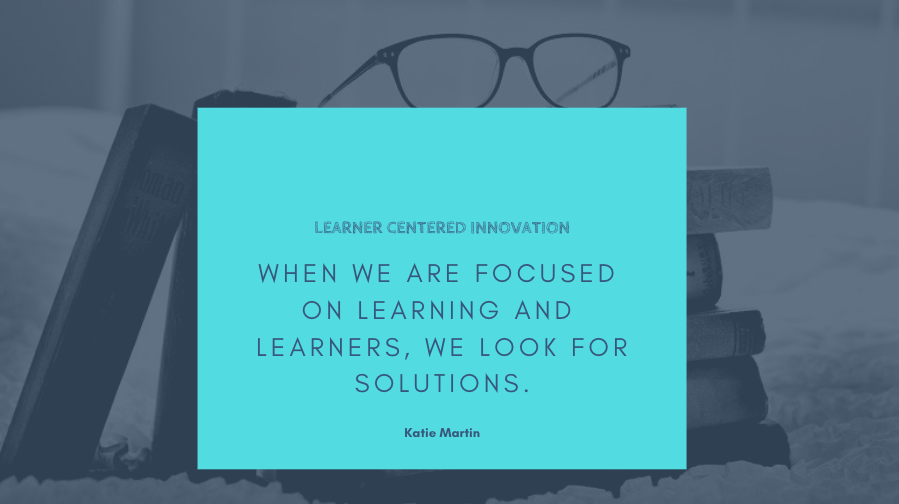


0 Comments
Trackbacks/Pingbacks